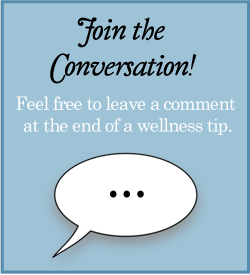 New Year’s Resolutions: How’s the Change Going?
New Year’s Resolutions: How’s the Change Going?
January represents a fresh start when many people make resolutions to improve their lives. Too bad only 40% of New Year’s resolutions work. The truth is, whether you want to discard a bad habit or begin a new project, changing behavior is not an on-off switch. Instead, it involves passing through several stages where you think about it, experiment, and go back and forth before change occurs. To increase your chances of success, it pays to have strategies at each stage. Here’s how change works, according to psychologists James Prochaska, John Norcross, and Carlos DiClemente.
Stage I: To start the process, you need to begin thinking about your goal. Speak to a friend who’s succeeded at the same goal and gather more information. It’s also useful to make a list of reasons you want to achieve this goal and what stops you. Finally, try to take advantage of outside support (e.g., low-fat menus or a free workshop).
Stage II: Weighing the pros and cons of change represents a giant leap forward, while bringing you face-to-face with mixed feelings. Use the same strategies but also notice negative outcomes that arouse your emotions, such a health crisis or a mismatch between how you see yourself and your behavior. List any roadblocks and find out where help is available.
Stage III: Now that various options are on the table, you’ve entered the stage of preparing to change. To set up a realistic plan for managing each day and have a start date within the next month, it helps to have additional assistance like hotlines, therapy, or educational self-help tools and materials (See Resource section). These offer alternate ways of coping with old behaviors.
Stage IV: You’ve taken “action,” which can last from one day to six months, as your emotions battle with your intellect. It’s not uncommon to relapse. Just go through Stages 1-3 and learn ways to deal with the triggers that threw you off track. It also helps to make a public commitment to achieve your goal, reward yourself for good behavior, and restructure your environment to remove temptations and to add constructive alternatives.
Stage V: Congratulations! You’ve maintained your new behavior for over six months. However, it takes about a year before this response become automatic. The best way to avoid relapse is to keep using your strategies. For more information, check out my book The Dancer’s Way. You don’t have to be a dancer to benefit from the tips or the personal stories about how to navigate the road to change in Chapter 4. Keep up the good work!








